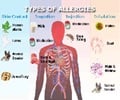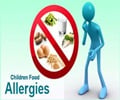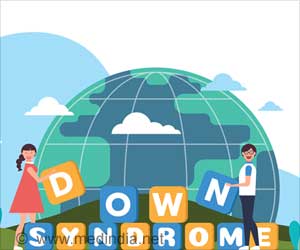New study looked at 1,941 children who had been diagnosed as being allergic to peanuts to determine how exposure occurs and how serious the outcomes are.
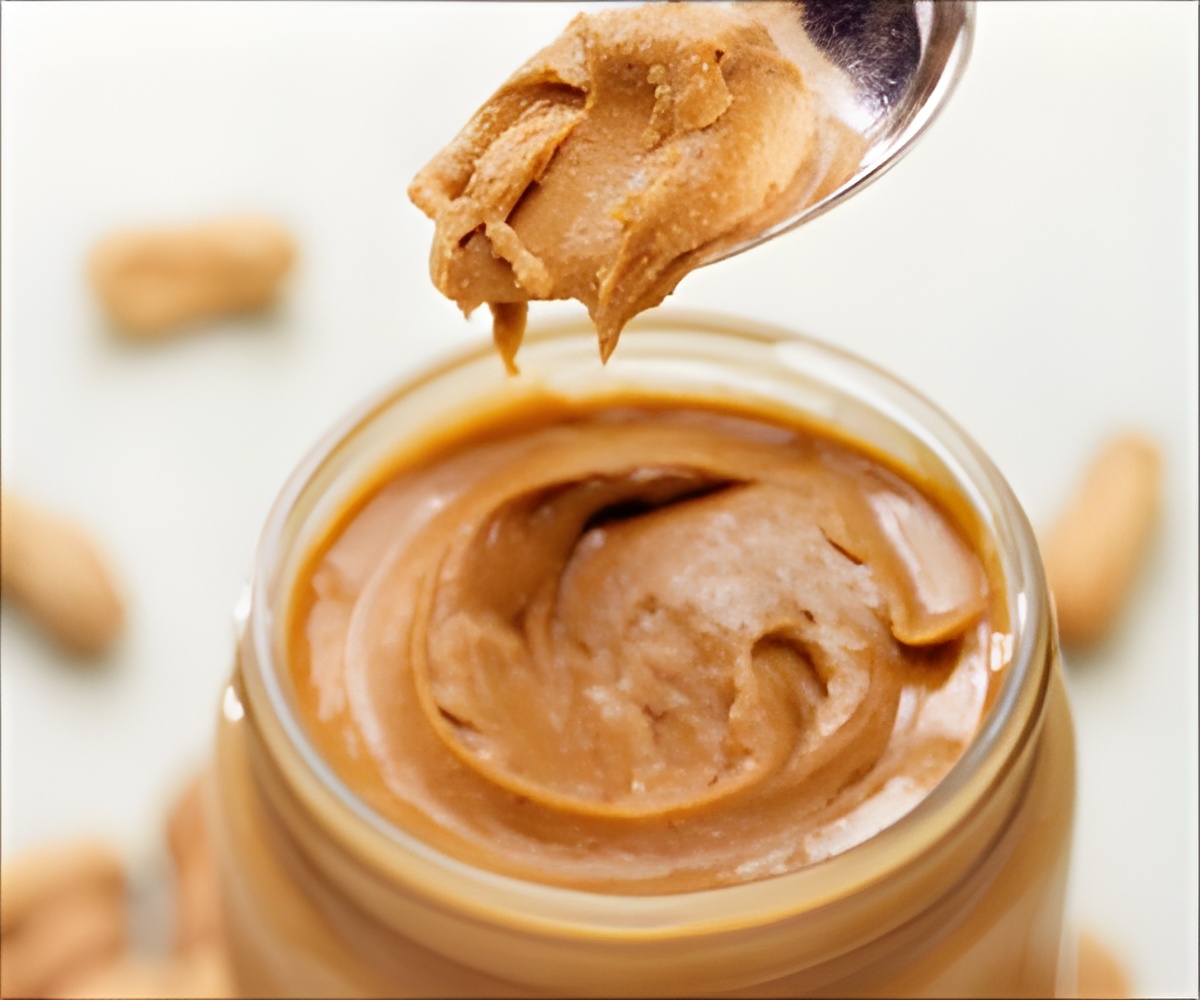
"We discovered that children are most at risk of exposure in their own homes," said first author of the study Sabrine Cherkaoui from University of Montreal in Canada.
Furthermore, when children do have a moderate or severe reaction to an exposure, parents and medical professionals often do not know how to react appropriately, Cherkaoui noted.
"Our study looked at 1,941 children who had been diagnosed as being allergic to peanuts to determine how exposure occurs, how serious the outcomes of the exposure are, and what treatment is given," Cherkaoui explained.
The mean age of the children at the time of their recruitment into the study was 6.9 years, and the mean length of their participation was 2.9 years.
The researchers found that 37% of exposures occurred in the child’s own home. Other people’s homes and restaurants accounted for 14.3% and 9.3% of exposures respectively.
Schools and daycares where peanuts are forbidden represented 4.9% of the cases exposure; for schools and daycares where peanuts are allowed, it is 3%. Other and unknown places accounted for 31.6% of exposures.
Source-IANS
 MEDINDIA
MEDINDIA

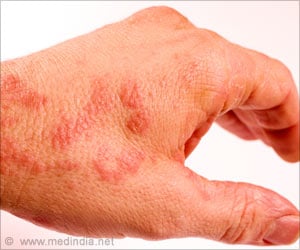

 Email
Email

